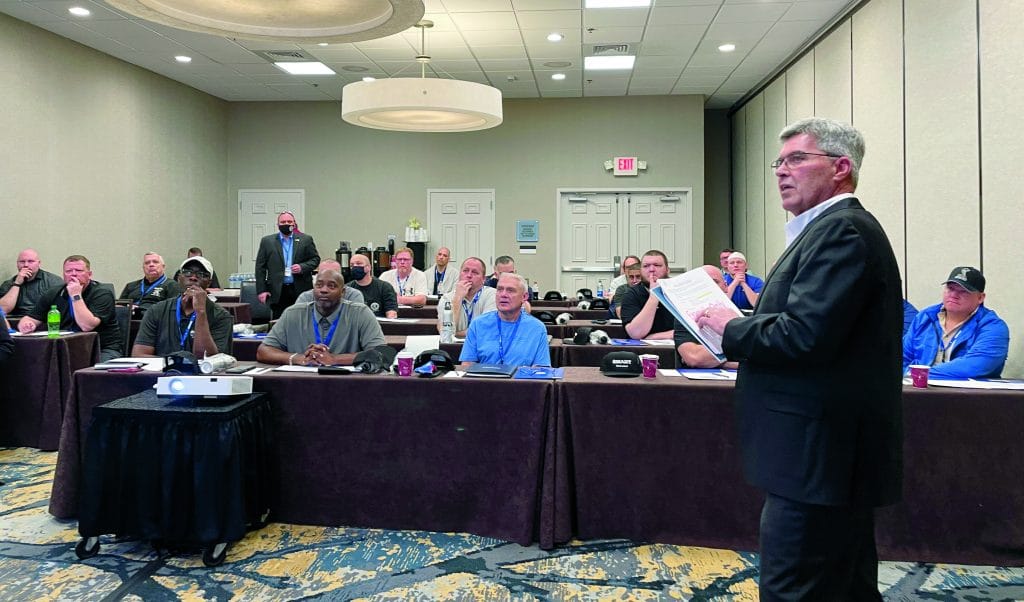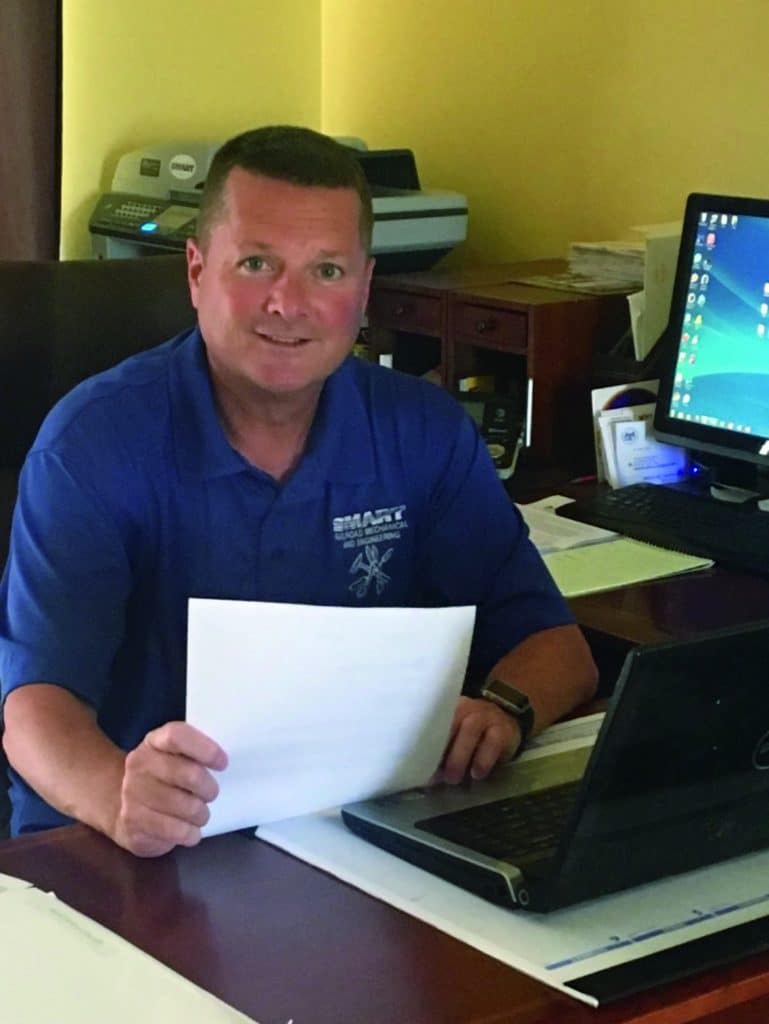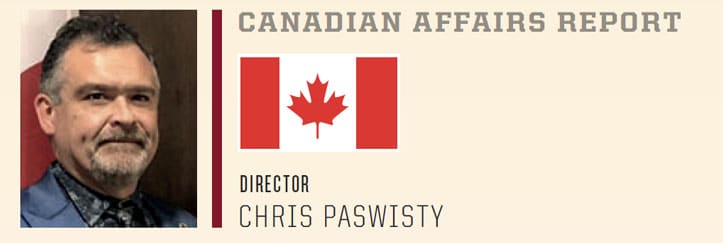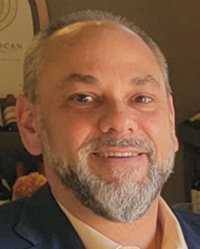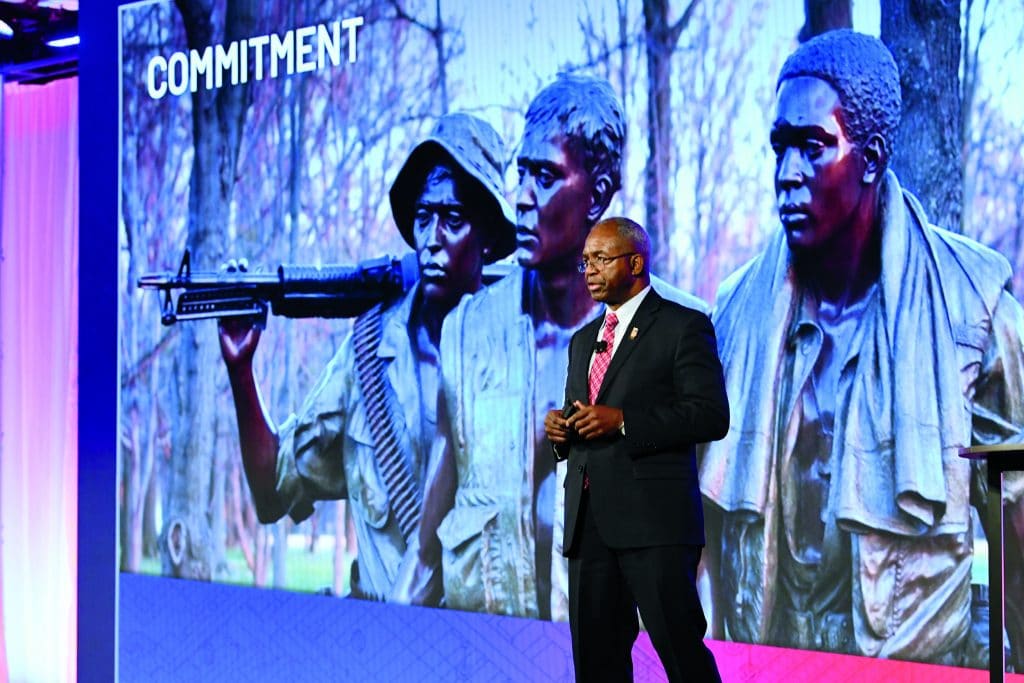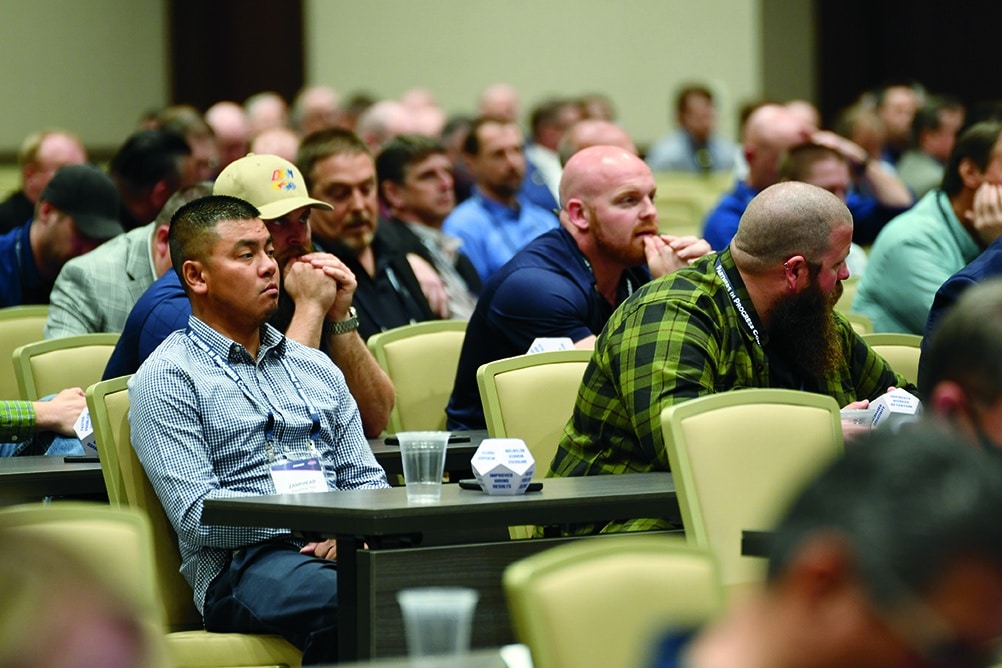Jeremy Woolley, left, and Keith Haas.
Since SMART’s “I Got Your Back” campaign began last summer, members across North America have taken action: sharing photos of themselves with their mentors at work and displaying the solidarity that makes our union strong. In March 2022, SM Local 46 (Rochester, N.Y.) relayed an especially impactful “I Got Your Back” story from Brother Keith Haas, demonstrating how union brotherhood and sisterhood extends well beyond the job — and how mentorship helps combat misinformation and strengthen our union, one member at a time.
“Jeremy [Woolley] has had my back both figuratively and metaphorically,” Haas shared. “While we were working at a nonunion company, Jeremy knew that I was unhappy with the direction the company was going and that I was looking for a new job. I knew nothing about the union other than all of the lies and false information that was given out during company meetings.”
“Jeremy was the one who connected me with SMART Local 46,” he added. “After talking to Jon at Local 46, I realized that the unions are not out to get you as my previous employer tried to scare us into believing.”
“I’ve always wanted to properly thank Jeremy for not only these acts of having my back but all that he has done for others as well!”
– SMART Local 46 member Keith Haas
For Haas, Woolley’s solidarity included looking out for his personal health and well-being. “After starting with the union, I hurt my back and was unable to finish the AC I was installing at my house,” Haas explained. “Jeremy not only helped me, but would try to get me to stop working and allow him to do everything. I probably should have listened to him, but I am pretty stubborn. I did slow down and reluctantly allowed him to do most of the hard work.”
“I’ve always wanted to properly thank Jeremy for not only these acts of having my back but all that he has done for others as well!”
“After having back surgery and returning to work, Jeremy told the other employees that if he finds out that they are allowing me to lift anything that he will physically harm them. While I know that Jeremy is not a violent person, all of his tattoos and his threat worked. If I tried to lift anything on the job my coworkers would call Jeremy to report that I was violating his rules.”
Woolley’s commitment to the foundational values of the labor movement — workplace dignity, human equality and the strength of a collective voice, to name a few — helped Haas receive the respect and care he deserved, both on and off the job. And, as Haas told his local, “Joining the union has had a huge positive influence on not just me, but my wife and kids also. I am now able to provide better benefits and actually be home on time for dinner and bedtime.”
“I’ve always wanted to properly thank Jeremy for not only these acts of having my back but all that he has done for others as well!”
To share your story of mentorship and solidarity, email mentors@smart-union.org or post on social media with the hashtag #SMARTIGOTYOURBACK.
